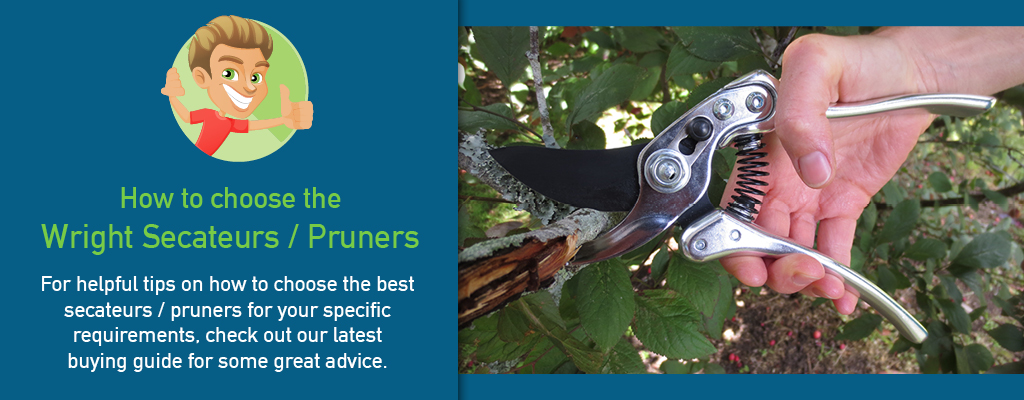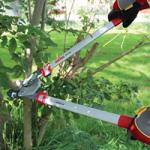- Lawn & Garden
- SPECIALS
- WHATS NEW !
- Lawn Mowers
- Blowers, Vacuums and Sweepers
- Chainsaws
- Line Trimmers and Brush Cutters
- Chippers and Shredders
- Combi & Multi Systems
- Engines
- Hedge Trimmers
- Garden Hand Tools
- Horticultural Equipment
- Lawn Edgers
- Log Splitters
- Rotary Hoes and Tillers
- Sprayers and Mistblowers
- Turf Care Equipment
- Waterblasters
- Used Equipment & Demo Units Etc
- Wood Fires & BBQs
- Commercial & Construction
- Pruning & Horticulture
- Cordless
- Accessories & Spares
- Lawn Mower Parts
- Rider Mower Parts
- Chainsaw Parts and More
- Brush Cutter Parts and More
- Blower and Vacuum Parts
- Toys, Go Karts & Promo Items
- BBQ Accessories and Parts
- Wood Fire Parts and More
- Sharpening Tools
- Chipper / Shredder Parts and More
- Waterblaster Parts and More
- Safety Equipment and Clothing
- Sprayer Parts and More
- Lawn Edgers
- Workshop Tools




 European, Japanese or Taiwanese brands generally make the best quality.
European, Japanese or Taiwanese brands generally make the best quality. Avoid nylon or plastic main bodies, unless designed for commercial use.
Avoid nylon or plastic main bodies, unless designed for commercial use. Dampen your hands and roll up a tissue tightly about the size of a fat cigarette. Use the point of the Secateurs/Pruners to cut the paper roll. If the blades do not spread apart, you can assume the quality is very good. If, however they do spread apart they will be at the low quality end of the market. No matter how nice they look, we believe buying this poor quality is a waste of your money. All Wright’s Secateurs/Pruners pass the rolled up paper test!
Dampen your hands and roll up a tissue tightly about the size of a fat cigarette. Use the point of the Secateurs/Pruners to cut the paper roll. If the blades do not spread apart, you can assume the quality is very good. If, however they do spread apart they will be at the low quality end of the market. No matter how nice they look, we believe buying this poor quality is a waste of your money. All Wright’s Secateurs/Pruners pass the rolled up paper test!